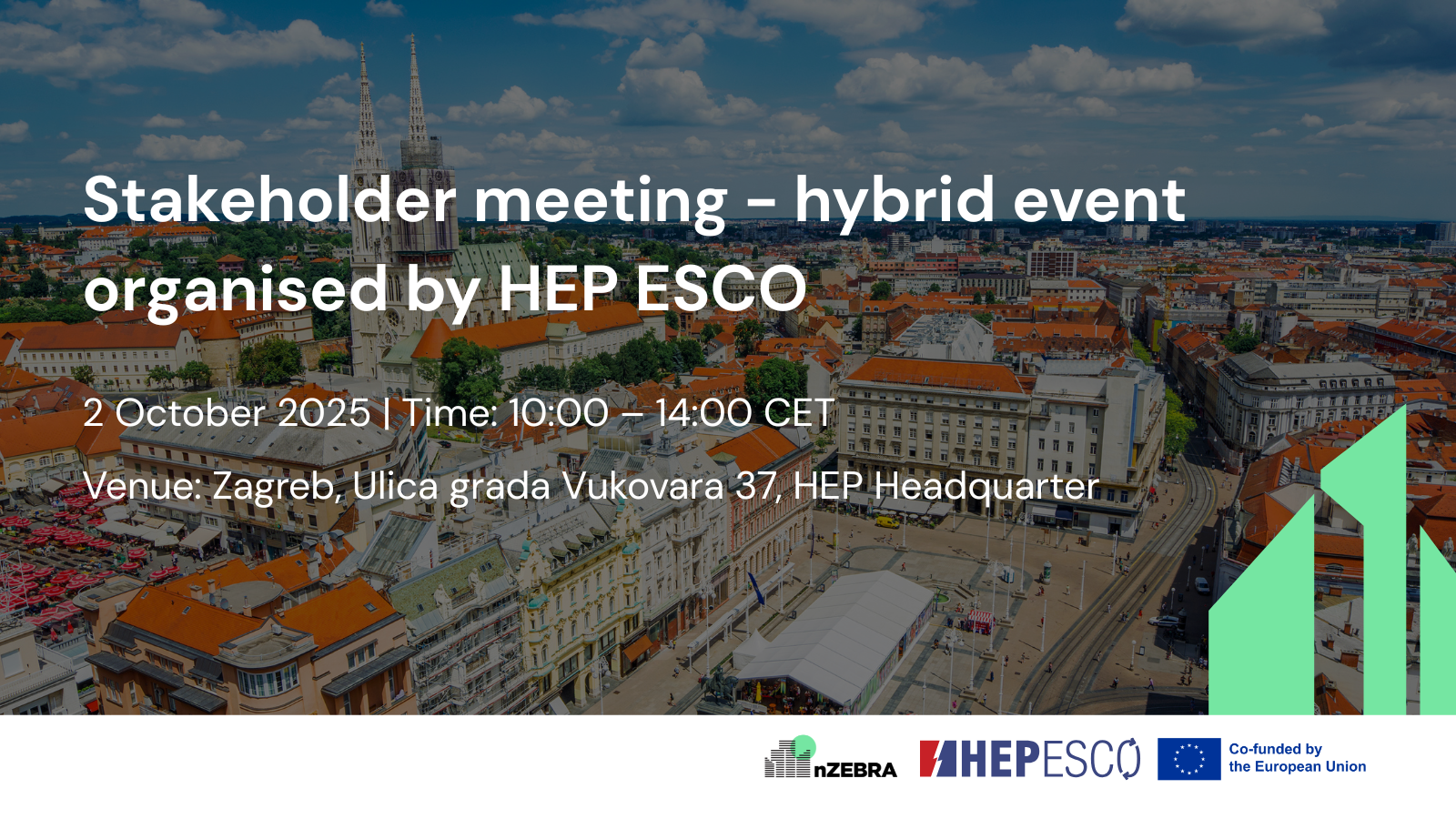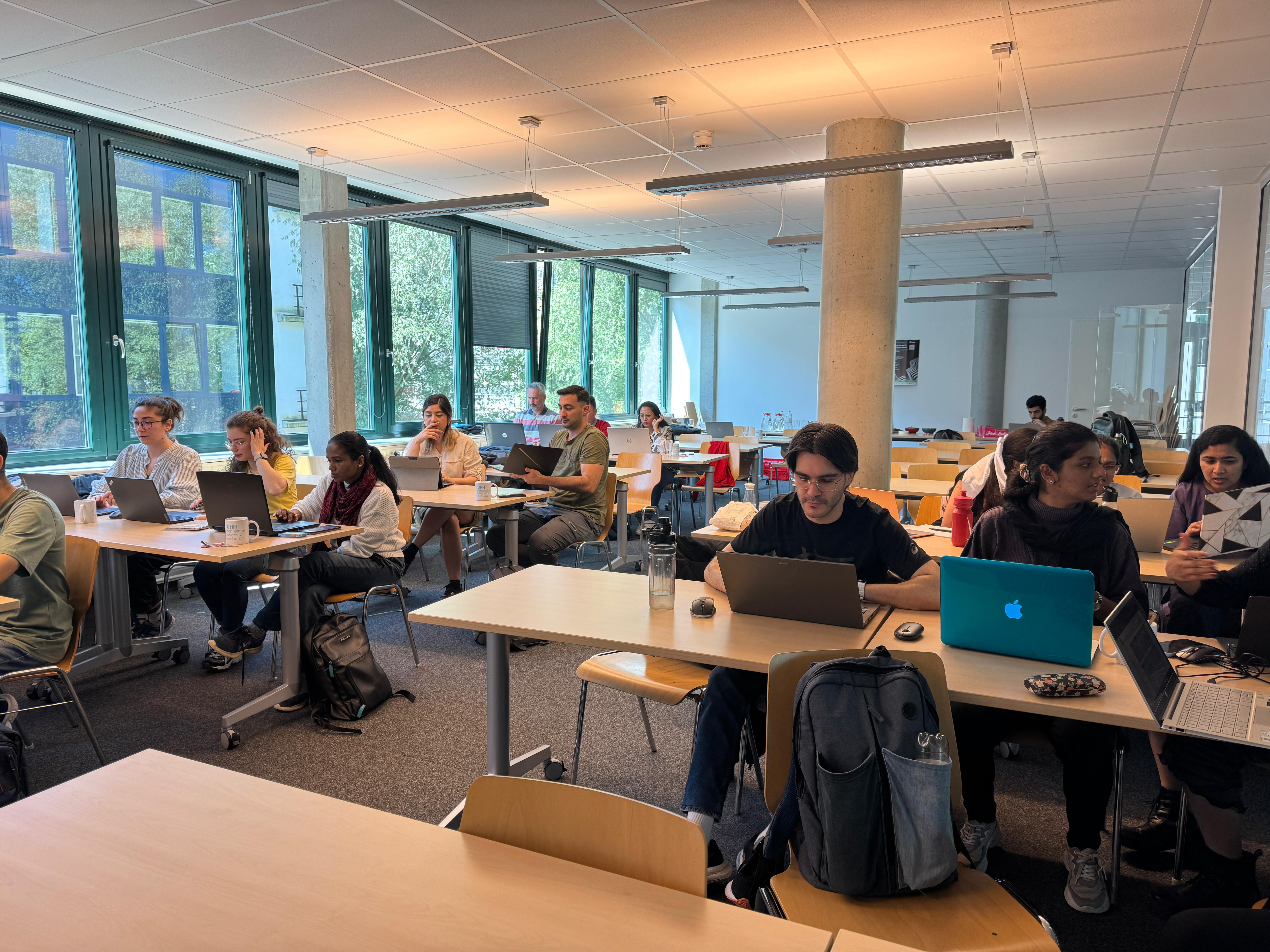Our project
The nZEBRA project aims to empower professionals and Master's students in architecture, civil and energy engineering to design innovative solutions for climate-neutral buildings.
Our intensive blended course, built on micro-credentials, addresses the pressing demand for skilled professionals, contributing to global efforts in mitigating climate change.





